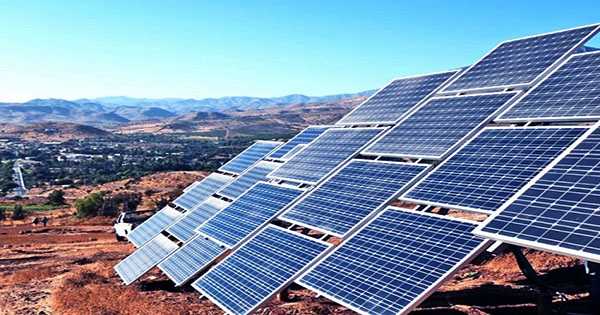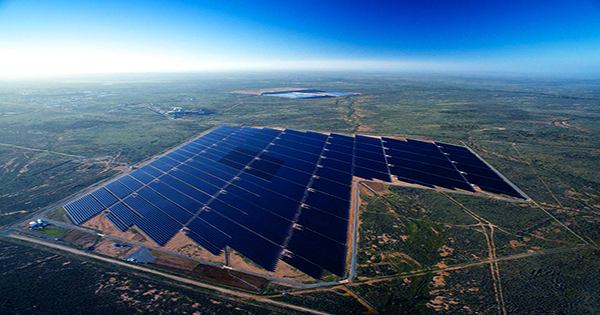The planet bathed in enough sunlight to supply humanity’s energy demands many times over, yet the optimum locations for harvesting that light and where it’s needed rarely match. With two massive projects in the works, the old fantasy of transferring power from the deserts to towns thousands of kilometers away may be on the verge of becoming a reality. The more advanced of these plans to extend undersea cables from Australia to Singapore, and has recently garnered support from the Indonesian government, which would be responsible for the cable’s passage through its waters.
Singapore is particularly unsuited to produce its own electricity because it is the world’s second-most densely populated independent nation. Currently, fossil-gas-fired power plants provide the majority of the country’s electricity. Rooftop solar could only power a small fraction of the island’s apartments and offices because so many of the structures are skyscrapers. This has sparked the concept of constructing massive solar farms outside of Singapore and delivering the electricity to the city-state.
The most ambitious scheme is that of Sun Cable, a firm founded by some of Australia’s wealthiest individuals. The vision, which began as a 10-gigawatt plant in Elliot, one of the sunniest spots on Earth, has now expanded to a 17-20 gigawatt behemoth. In comparison, just 14 GW of solar cells had been installed in the history of civilization by 2008.

If the project proceeds, powerlines will transport the generated electricity 800 kilometers (500 miles) to Darwin, where a tiny fraction used to power the city. The remainder will supply to Singapore via a High Voltage DC line that will run between Indonesian islands. Some of the electricity will be utilized to charge a 36-42 GWh battery (30 times larger than the existing world record) to keep the recipient towns powered long into the evening during the hottest portion of the day.
The project’s purpose is not merely to serve Singapore with sustainable energy while also making money for investors. The project also aims to establish a much larger solar economy in Australia. Despite having produced the world’s most extensively used solar cells and having plenty of sunlight, Australia produces virtually none of the solar cells it uses today. Sun Cable is hoping that the secure demand they will be providing will help to change that.
Mike Cannon-Brookes, one of Sun Cable’s main investors, is also investing in SunDrive, a company that is working to commercialize a technology that replaces silver in solar cells with cheaper copper, and 5b, a company that has devised a cheaper way to erect solar farms. If Sun Cable succeeds, it will pave the way for other such ventures. A 10.5 GW solar/wind complex in Morocco was launched this week, with the goal of sending power 3,800 kilometers (2,400 miles) to the United Kingdom. Sun Cable is a year or two behind the project in terms of development.
Others, on the other hand, have more localized strategies for Singapore’s energy needs. Recognizing the lack of land, Singapore has constructed floating solar plants on nearby reservoirs, although these are insufficient to meet even 1% of the city’s needs. Because the Duriankang Reservoir on Indonesia’s Batam Island is substantially larger, a proposal has made to create a 2.2 GW floating solar farm there, with electricity transported 50 kilometers (30 miles) to Singapore.





![Report on Corporate Social Responsibility and Small Medium enterprise of Southeast Bank LTD [PART-2]](https://assignmentpoint.com/wp-content/uploads/2013/03/SEB-110x55.jpg)










